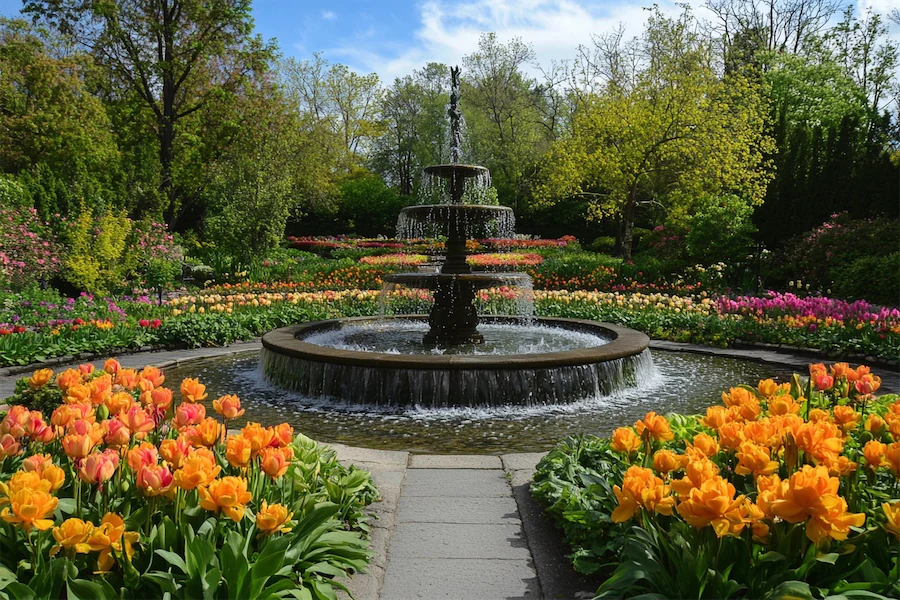A botanical garden is a dedicated space for the cultivation, preservation, and exhibition of a diverse range of plant species, often serving educational, research, and recreational purposes.
History and Origins of Botanical Gardens
The concept of botanical gardens dates back to ancient civilizations, but they became more formally established during the Renaissance in Europe. Initially serving medicinal and academic purposes, these gardens evolved into centers for botanical research and public education. In Vietnam, the establishment of botanical gardens began during the French colonial period, with the aim of studying and showcasing the region’s rich flora.
Key Features of Botanical Gardens
Botanical gardens typically encompass several distinct elements:
- Diverse Plant Collections: Featuring a wide array of plant species, including native and exotic varieties, often organized into thematic sections such as medicinal plants, orchids, or succulents.
- Conservation Areas: Dedicated zones for the protection and propagation of endangered or rare plant species, contributing to biodiversity preservation.
- Educational Facilities: Spaces like visitor centers, museums, or interpretive trails designed to inform the public about plant science, ecology, and conservation efforts.
- Recreational Spaces: Areas such as walking paths, picnic spots, and scenic viewpoints that offer visitors relaxation and enjoyment amidst natural beauty.
Notable Botanical Gardens in Vietnam
Vietnam boasts several significant botanical gardens:
- Hanoi Botanical Garden (Bách Thảo): Established in 1890, this garden is located in Ba Đình District and serves as a green oasis in the capital city, featuring a variety of indigenous and exotic plant species.
- Saigon Zoo and Botanical Gardens: Founded in 1864 in Ho Chi Minh City, it is one of the oldest zoos and botanical gardens in the world, housing over 1,830 trees and plants from about 260 species.
- Phong Nha Botanical Garden: Situated within the Phong Nha-Kẻ Bàng National Park, this garden offers eco-trails and conservation programs, showcasing the region’s rich biodiversity.
Applications of Botanical Gardens
Botanical gardens serve multiple roles:
- Conservation: Acting as sanctuaries for endangered plant species and participating in global efforts to preserve genetic diversity.
- Research: Providing resources for scientific studies in botany, ecology, and related fields, contributing to advancements in plant sciences.
- Education: Offering programs and exhibits that raise public awareness about plant conservation, environmental issues, and sustainable practices.
- Recreation: Serving as tranquil retreats for visitors to connect with nature, promoting mental and physical well-being.
Considerations When Visiting Botanical Gardens
When planning a visit to a botanical garden, consider the following:
- Operating Hours and Fees: Check the garden’s official website or contact them directly for up-to-date information on opening times and any entrance fees.
- Guided Tours and Programs: Inquire about available tours, workshops, or special events that can enhance your understanding and enjoyment of the garden.
- Rules and Etiquette: Respect the garden’s regulations, such as staying on designated paths, not picking plants, and maintaining a peaceful environment for all visitors.
Conclusion
Botanical gardens are vital institutions that blend conservation, education, research, and recreation. In Vietnam, these gardens not only preserve the nation’s rich plant heritage but also provide serene spaces for public enjoyment and learning.
